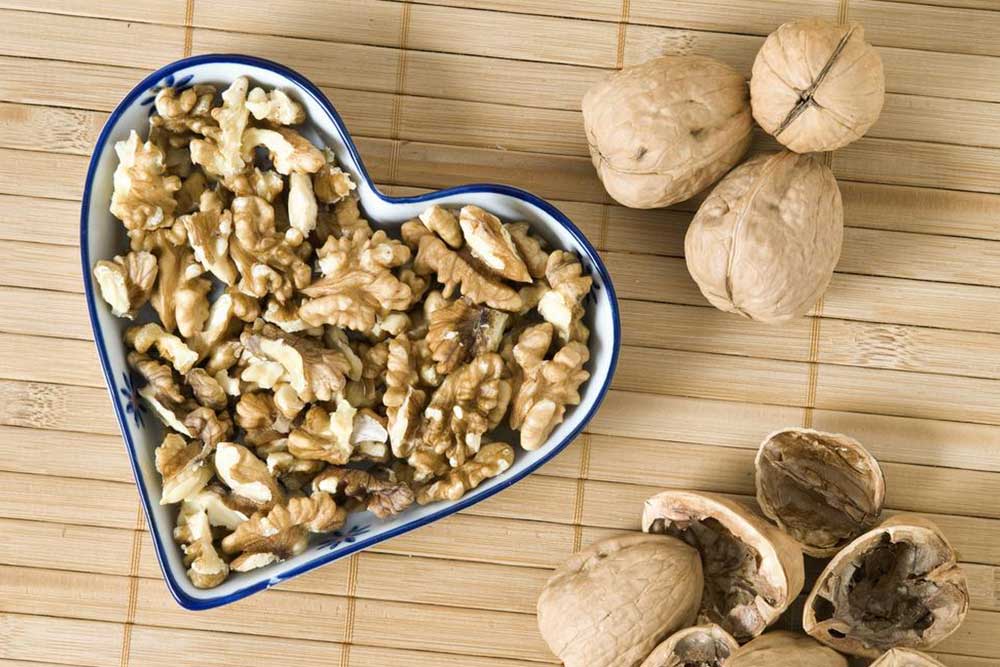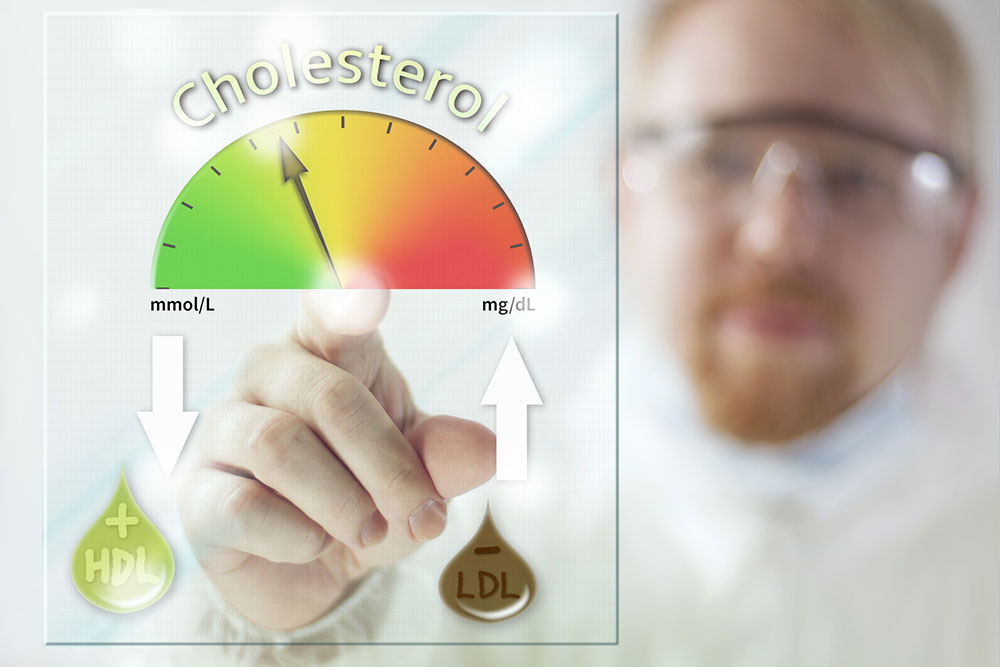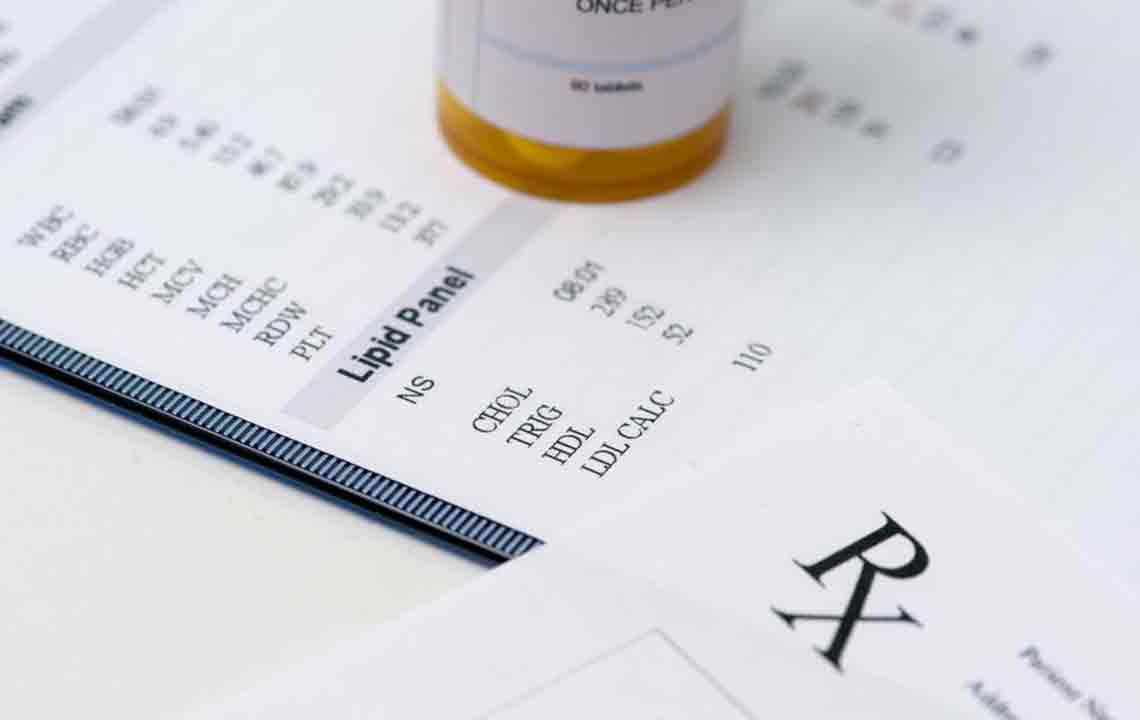Proven Methods to Naturally Lower High Cholesterol and Improve Heart Health
Learn how to effectively control high cholesterol with proven strategies including dietary changes, exercise, and lifestyle modifications. This comprehensive guide offers insights into managing your cholesterol levels naturally, reducing heart disease risk, and maintaining optimal cardiovascular health for a longer life.

Proven Methods to Naturally Lower High Cholesterol and Improve Heart Health
Cholesterol is a waxy, fat-like substance that plays a vital role in the human body. Produced mainly by the liver, it is essential for building healthy cell membranes, aiding in hormone production, and facilitating digestion through bile acids. Despite its importance, maintaining a healthy balance of cholesterol is crucial because elevated levels can significantly increase the risk of cardiovascular diseases, including heart attacks and strokes. Understanding the types of cholesterol, their functions, and how to regulate their levels is key to promoting overall heart health.
Cholesterol is transported through the bloodstream via particles called lipoproteins. These are primarily Low-Density Lipoprotein (LDL) and High-Density Lipoprotein (HDL). LDL is often dubbed the "bad" cholesterol because when its levels are high, it tends to deposit cholesterol on the walls of arteries, leading to plaque formation. This process narrows the arteries and impairs blood flow, which can result in serious cardiovascular events. Conversely, HDL is known as the "good" cholesterol because it helps remove excess cholesterol from the bloodstream, transporting it back to the liver for disposal or recycling. Maintaining a healthy ratio of HDL to LDL is essential for cardiovascular health.
Most people are unaware that high cholesterol often presents no noticeable symptoms until it causes serious health issues. That's why routine blood tests, such as lipid profiles, are fundamental for detecting elevated cholesterol levels early. According to health authorities like the Centers for Disease Control and Prevention (CDC), approximately one in three adults in the United States has high cholesterol, underscoring the widespread nature of this condition. The buildup of LDL cholesterol in arteries can lead to atherosclerosis, which involves plaque formation that narrows and hardens arteries. This restriction in blood flow can cause chest pain (angina), increase the risk of blood clots, and eventually lead to heart attacks or strokes. On the other hand, adequate HDL levels are protective, helping to clear bad cholesterol and reduce overall cardiovascular risk.
Several factors influence cholesterol levels, including diet, lifestyle, genetics, and underlying health conditions. Unhealthy eating habits are among the leading causes of high cholesterol; diets rich in saturated fats, trans fats, and added sugars contribute to elevated LDL levels. Smoking also negatively impacts cholesterol by lowering HDL and damaging blood vessel walls. Physical inactivity further exacerbates these issues, promoting weight gain and unfavorable lipid profiles. Genetics play a significant role too; familial hypercholesterolemia is a hereditary disorder that causes abnormally high cholesterol levels, often resistant to lifestyle changes alone. Additionally, conditions like diabetes, hypothyroidism, and obesity can elevate cholesterol levels, compounding cardiovascular risk.
To effectively manage and lower high cholesterol, routine health screenings are crucial, especially for individuals over 20 or those with a family history of cardiovascular disease. Lifestyle modifications form the cornerstone of cholesterol management. These include adopting a heart-healthy diet, engaging in regular physical activity, quitting smoking, and maintaining a healthy weight. Dietary changes should focus on reducing intake of saturated fats found in red meats, full-fat dairy products, and processed foods. Eliminating trans fats, which are commonly present in margarine and commercially baked goods, is also vital. Incorporating healthy fats, such as monounsaturated and polyunsaturated fats from sources like olive oil, avocados, nuts, and seeds, can help improve cholesterol levels.
In addition to dietary adjustments, increasing physical activity can significantly impact cholesterol management. Aerobic exercises like brisk walking, running, swimming, or cycling help raise HDL cholesterol and lower LDL levels. The American Heart Association recommends at least 150 minutes of moderate-intensity exercise or 75 minutes of vigorous exercise weekly for optimal cardiovascular health. Weight loss, if needed, also contributes to lowering LDL cholesterol and improving overall lipid profiles.
For individuals with persistent high cholesterol despite lifestyle changes, healthcare providers might recommend medications such as statins, which effectively lower LDL levels. However, medication should always complement lifestyle modifications rather than replace them. Regular check-ups and lipid profiling are necessary to monitor progress and adjust treatment plans as needed.
In conclusion, managing high cholesterol requires a comprehensive approach that combines healthy eating, regular physical activity, avoidance of smoking, and routine screening. These measures can significantly reduce the risk of cardiovascular disease and promote a longer, healthier life. Educating oneself about the sources of cholesterol and adopting a proactive attitude towards heart health are critical steps in preventing many of the life-threatening complications associated with elevated cholesterol levels.





